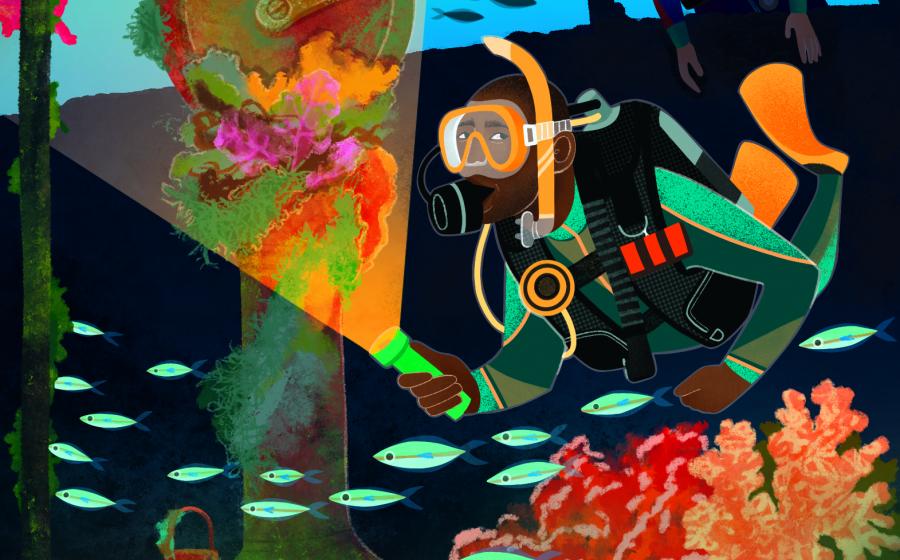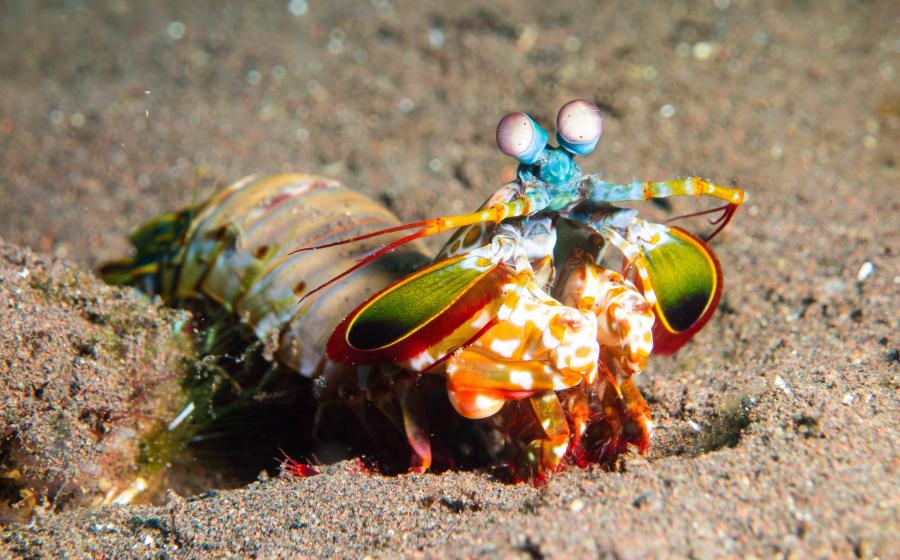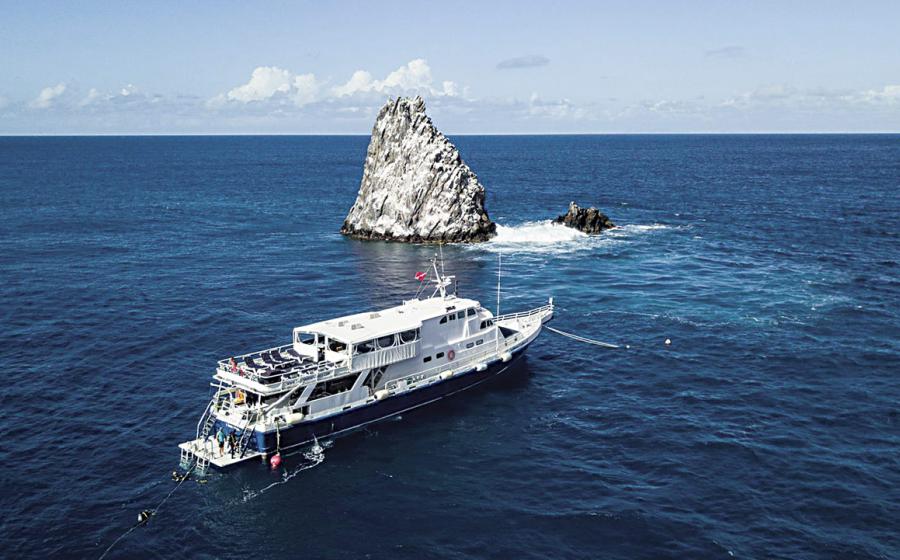10 Tips for Coral Reef Diving
Think of the coral reef as a living, bustling village on the sea floor. It contains local residents, homes, restaurants, barber shops, open fields (sand flats) and apartment houses filled with tiny creatures of all kinds. Just about everything down there is alive. And while this undersea community is fascinating, it is also fragile. As a diver, it is your responsibility to treat this marvelous place with tender care. Here are a few tips on how to dive a coral reef with environmental consideration.
1) GET COMFORTABLE IN THE WATER: Learn the basic skills of diving well enough to be completely at ease in the water before you venture onto a living coral reef. Being in command of the basics lets you enjoy what you're seeing, rather than giving you cause to worry and possibly panic. Practice buoyancy control and swimming techniques in a swimming pool or sandy area of a shore dive.
2) PLAN YOUR DIVE: Become familiar with the characteristics of your dive site in advance. If there is a pre-dive orientation aboard the dive boat, listen carefully. Make notes and a rough drawing on your dive slate. Conditions can change, even during the dive, and not being aware of shifting tides and currents or diminishing visibility can cause you to become disoriented or even lost.
3) CONTROL YOUR BUOYANCY: Master the art of buoyancy control and your dives will be more enjoyable, less strenuous and less environmentally damaging. You don't want to be crashing into the bottom or fighting to stay underwater. Proper weighting for your exposure suit will allow you to rely less on your buoyancy compensator. You won't have to fight your equipment and you'll have more time and air to enjoy the scenery.
4) STREAMLINE YOUR DIVE GEAR: Keeping dive gear accessories such as instrument consoles and safe seconds (octopuses) tucked in will let you move through the water with ease. Dangling equipment can smash corals or become snagged on the reef, breaking the fragile coral when the device is liberated.
5) MARINE LIFE SHOULD BE ADMIRED, NOT TOUCHED: Chances are you don't know your own strength. In fact, your touch will disturb or possibly destroy just about anything you're likely to come in contact with. Avoid or minimize all contact with the bottom or with marine life. Remember, you're a guest in their home. Respect it as you would want your home respected.
6) AVOID KICKING UP SAND: When you're looking ahead, it's easy to forget those things on your feet but for a reef, they may be unforgettable. You can easily break off pieces of reef with a thoughtless kick or choke corals with a burst of sand stirred up by vigorous finning. Choosing the right sized fins can help, as can better buoyancy control.
7) LEAVE THE MARINE LIFE WHERE YOU FIND IT: Coral reefs are finely tuned ecosystems inhabited by creatures that perform many services for one another. It is a delicate economy in which everyone plays an important role. By removing even the most insignificant appearing piece of coral rubble, you may be disrupting this fragile system. Empty seashells are mobile homes to hermit crabs.
8) AVOID ANCHORING IN THE LIVING REEF: Never anchor on top of living coral reefs or tie onto coral heads. It's like dropping an atom bomb on a city. Repeated anchoring on coral will wipe out anything a diver would want to see. Use established moorings and, if these are occupied, move to another site. If no moorings are available where you want to dive, anchor in the adjacent sand.
9) MAKE SURE YOUR WEIGHT BELT IS SECURE: Double-check the quick-release buckle on your weight belt. Make sure it closes tightly and remains clamped on the web belt. Change the belt or buckle if there is any tendency for the buckle to slip. A heavy weight belt falling to the bottom has the power of a small bomb.
10) KEEP YOUR BC POCKETS SECURE: Avoid putting anything in your BC pockets, unless you can close and secure the pocket flap. Objects (especially lead weights) tend to slip out of BC pockets when you are descending in the head-down position.
Help preserve the pristine beauty of the living coral reef ny passing along (in a nice way) these simple tips to new divers who are about to make their first reef dive.






